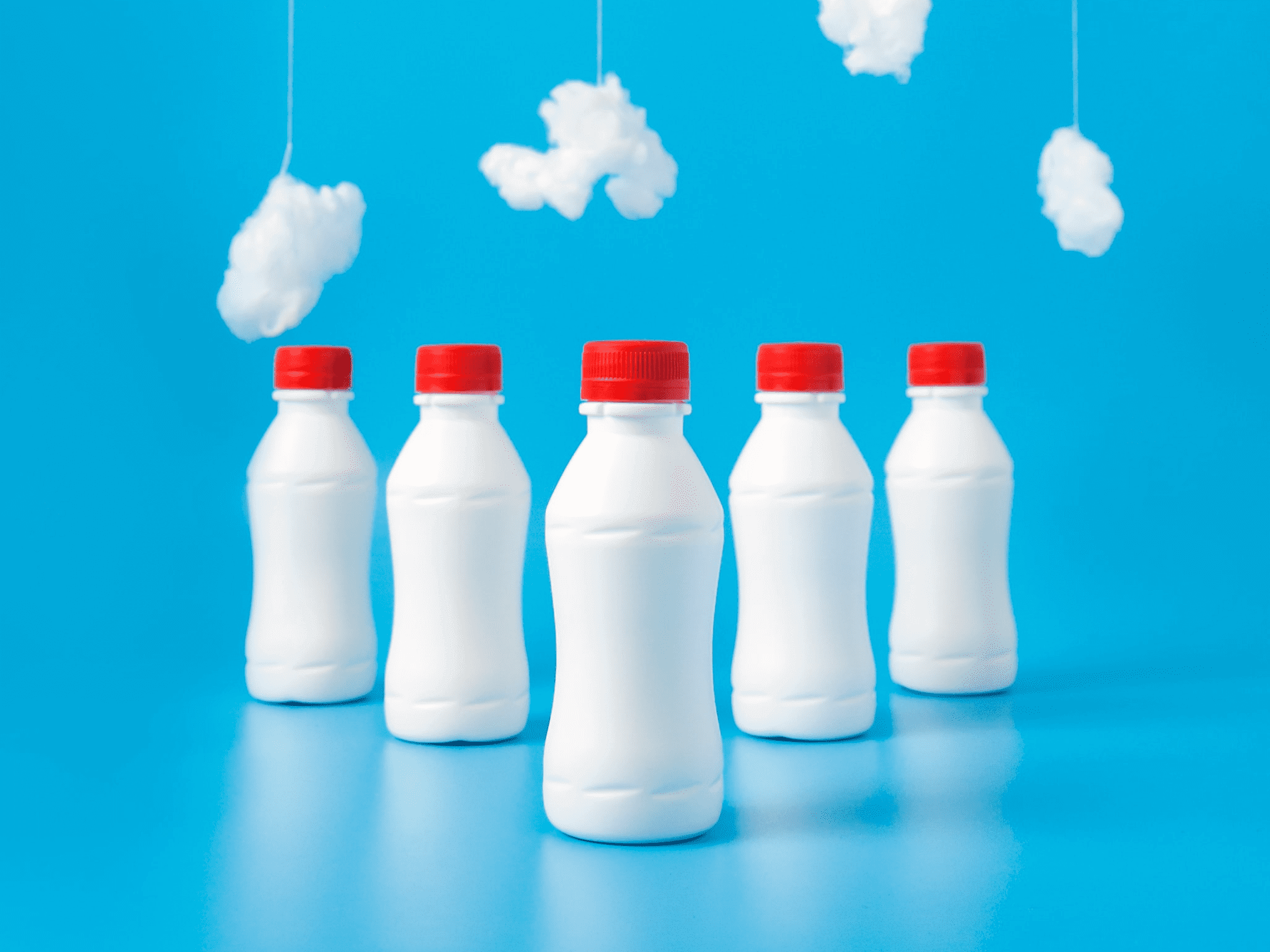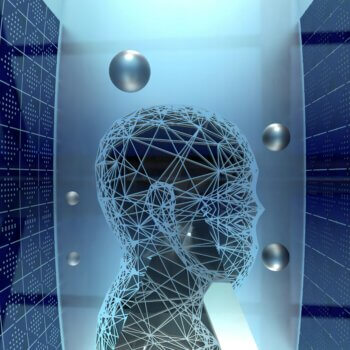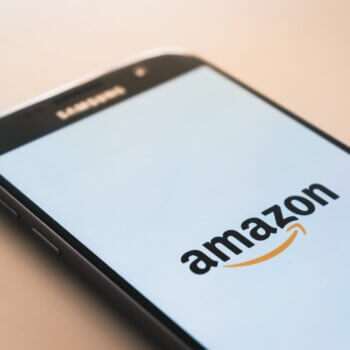One of the greatest lies ever sold to humanity is the recyclability of plastics. The three green arrows placed on packaging were supposed to be a symbol of progress — a symbol that we would take better care to reuse materials and lessen the strain on our planet. Instead, the recycling icon became the opposite. It was used to shift attention away from the production of new plastics and onto the consumer, pressuring them to do a better job with proper disposal while companies continued to flood the world with more and more waste. In the decades after recycling became a social movement our dependence on plastic has only grown, more than doubling from 1990 to 2010 and expected to triple by the year 2050. So how much of the billions of tons of plastic produced over the last 7 decades have we recycled?
Less than 10%.
It’s cheaper to make new plastic and throw it away than it is to pay workers to collect, sort, and process the plastic into new forms. Our desire for independence from fossil fuels has also meant that large oil and gas companies are attempting to find new ways to make money. One of those ways is by continuing to provide the base materials for plastic production.
So it litters our streets, tumbles into our oceans, starves our animals, and makes its way into our food in the form of microplastics. It’s now estimated that each person consumes around 5 grams of microplastics per week, significantly raising our chances of developing cancer, inflammation, neurotoxicity, and experiencing metabolic disturbances. Taking all of this into account, it is safe to say that plastic has become one of mankind’s most harmful creations. It is not a weapon of war, and yet all the same it is endangering all life on Earth.
That is precisely why there has been so much incentive to find an alternative. And there is one: a natural alternative we’ve known about for a little over a decade but one that is only just now entering the market.
This alternative is not quite plant and not quite animal. It’s a fungus. More specifically, it’s the root system from which mushrooms grow. We call this organism the mycelium and it can feed on waste — such as wood chips, molasses, and plant material — from already existing industries. Enzymes are excreted by the mycelium to break the waste down so that it can be digested to create a rich network of microscopic fibers. From these fibers sprout the much familiar mushrooms.
The network doesn’t take long to grow. Fibers emerge within hours, visible layers after a couple days, and a finished product after just one week. It’s during this growth phase that the mycelium can be placed into a mold to produce tiles, bricks, and special packaging. Because the mycelium feeds on agricultural waste, the finished product is a composite of mycelium and digested natural materials. The final step in production is heating the mycelium and treating it in order to render it inert, removing the possibility that the product will start to grow mushrooms or release irritating spores.
The result is a remarkable competitor to plastic.

Not only is mycelium packaging resilient, insulated, safe, breathable, and water-resistant, but it also biodegrades in the soil within just 45 days. Compare that to the 450 years needed to decompose a piece of plastic. It does all this using about 90% less energy than plastic and producing 90% less CO2 equivalent emissions. In fact, fungi help to store and capture carbon in nature. Research has led to producing mycelium products that are flame and weather-resistant. We now even have transparent, paper-like sheets of the fungus that are 10 times stronger than regular paper.
The possibilities of mycelium seem endless: from textiles to building materials, packaging to food, wound dressings and water filters, mycelium could transform a number of industries to make them more eco-friendly. As the Magical Mushroom company puts it, “Consumers want product protection without the pollution.”

But it goes beyond simply lessening our environmental impact. It’s about becoming more humane in the process. Its tissue-like growth means that mycelium can be used as a replacement for leather and meat, mimicking these products’ textures without all the bloodshed and heavy land use that comes with keeping livestock. And unlike competing plant-based meats, mycelium requires very little processing. Huge brands such as Adidas, Lululemon, and the parent company of luxury stores like Gucci, Yves Saint Laurent, and Hermès have begun partnering with mycelium producers to launch new fungus-based leather goods.
In the world of packaging, furniture giant IKEA has plans to shift all its styrofoam packaging to mycelium foam while technology company Dell is looking to do the same. Though most mycelium products are currently more expensive to produce than plastics, mycelium foam has already become cost-competitive with regular styrofoam. Future scaling and backing from investors could significantly reduce mycelium’s price. Once the price decreases, this powerful piece of biotechnology will be set to revolutionize our world for the better. It has the potential to improve what we eat, wear, and produce.
After all, finding an alternative to plastic is not a choice.

Several states have already signed laws prohibiting singe-use plastics. 9 states have passed plastic bag legislation and 6 have banned styrofoam containers in restaurants and schools. Stricter control of plastic products is expected to spread across states in the coming years, forcing local businesses to find an alternative. Across the world similar bans have been passed. From Mexico and Thailand to Australia and the European Union, plastic faces an increasingly hostile future. Alternatives like mycelium will necessarily become a huge global market.
As our continents become polluted and crowded, it’s these very organisms which remind us of the importance of letting go: mycelium coffins not only biodegrade themselves but also help decompose the bodies within them. Buildings made of mycelium bricks could be triggered to decompose when it’s time to rebuild. Worn articles of clothing and shoes can be buried in the backyard to feed a garden. But most importantly we must let go of our way of thinking, and our dependency on the things which are hurting us most.





























